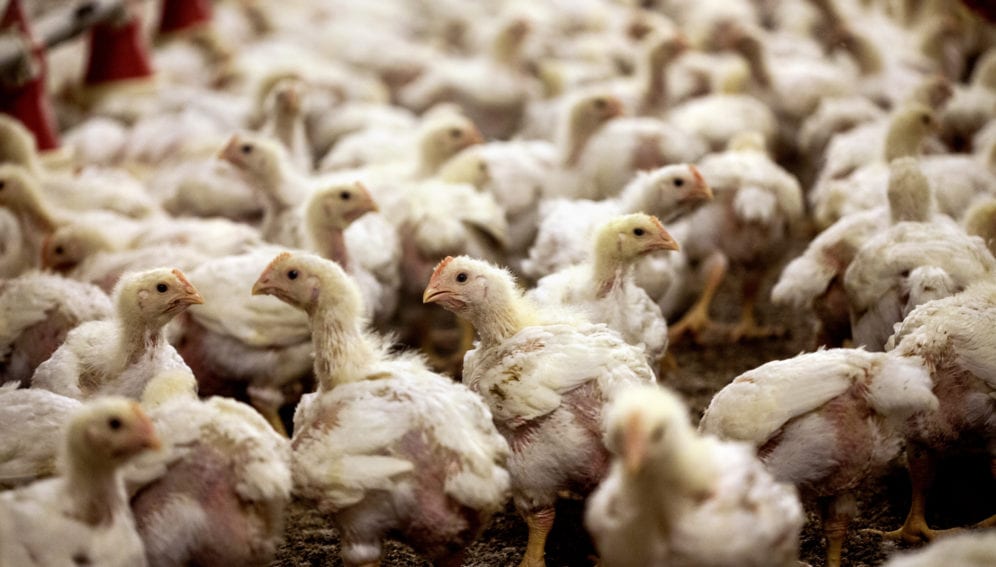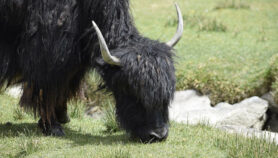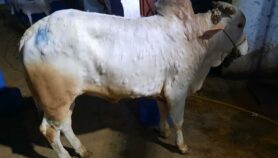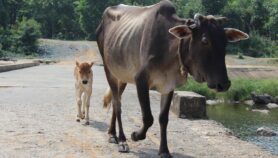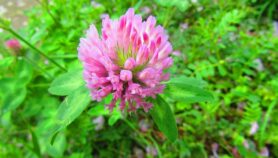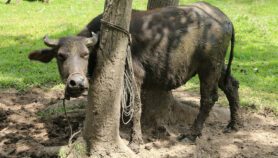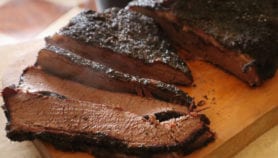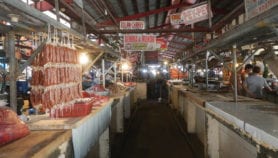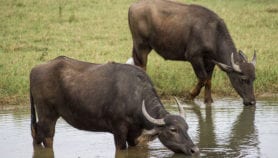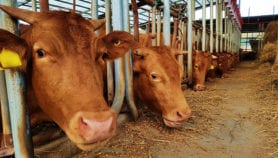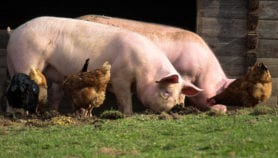By: Joel Adriano and
Send to a friend
The details you provide on this page will not be used to send unsolicited email, and will not be sold to a 3rd party. See privacy policy.
Climate disruption increases the vulnerability of poultry to bacterial diseases and external parasites in the tropics, an expert has warned.
Eddy Decuypere, researcher at the laboratory of animal physiology at the University of Louvain (Belgium), was speaking at a symposium held in Togo (12-17 June) on the production of poultry in hot and humid climatic conditions.
Assessing the impact of climate stress on avian production, Decuypere explains that temperature change of more than 10C (especially for countries with very wide variations in temperature as it goes from one season to another) weakens the immune system of poultry and promotes the development of certain external parasites such as lice, ticks and even mites.
“In general, temperature variation affects the endocrine system, which controls poultry metabolism, growth and reproduction, which implies that a decrease or increase in temperature will have an impact on avian production.”
Eddy Decuypere, University of Louvain
“In general, temperature variation affects the endocrine system, which controls poultry metabolism, growth and reproduction, which implies that a decrease or increase in temperature will have an impact on avian production,” Decuypere tells SciDev.Net.
He adds that while “poultry have a natural defence system against cold, this is not the case against heat, which is why it (warming) has a greater impact on production”.
In Togo, experiments at the Regional Centre of Excellence on Avian Science (CERSA) at the University of Lomé revealed that a temperature increase of more than 10C reduced the weight of eggs by about 5 grams.
However, researchers believe that poor productivity could be avoided by controlled feeding of chickens and good ventilation of poultry houses.
Alfredo Ryenel Parungao, researcher at the livestock research division of the Philippine Council for Agriculture, Aquatic and Natural Resources Research and Development, tells SciDev.Net that large-scale and semi-commercial poultry operators are currently using tunnel ventilation to help reduce the extremes of temperature and humidity to tolerable limits for confined chickens.
But for small-scale and backyard production, the cheaper options are to simply use conventional good ventilation, provision to accessible water, laying out curtains to cool the poultry or simply reducing the population during hotter periods particularly during El Nino to avoid crowding, Parungao says.
He emphasises that research should focus on developing local breeds and breeding locally of pure lines, also known as pedigree stock, which will serve as foundation or parent stock that are more adapted and resilient.
“The analysis of the biological data of poultry as well as bacteria and viruses responsible for some of their diseases could allow us to develop targeted treatment to strengthen their immune system.”
According to an assessment by the Food and Agriculture Organization, climate change could lead to a 50 per cent increase in animal feed prices by 2050.
“This increase is expected to have a major impact on the cost of poultry and pigs, which account for 75per cent of the cost of feed,” researchers at CERSA said.
This piece was originally published by SciDev.Net’s Sub-Sahara French edition.


